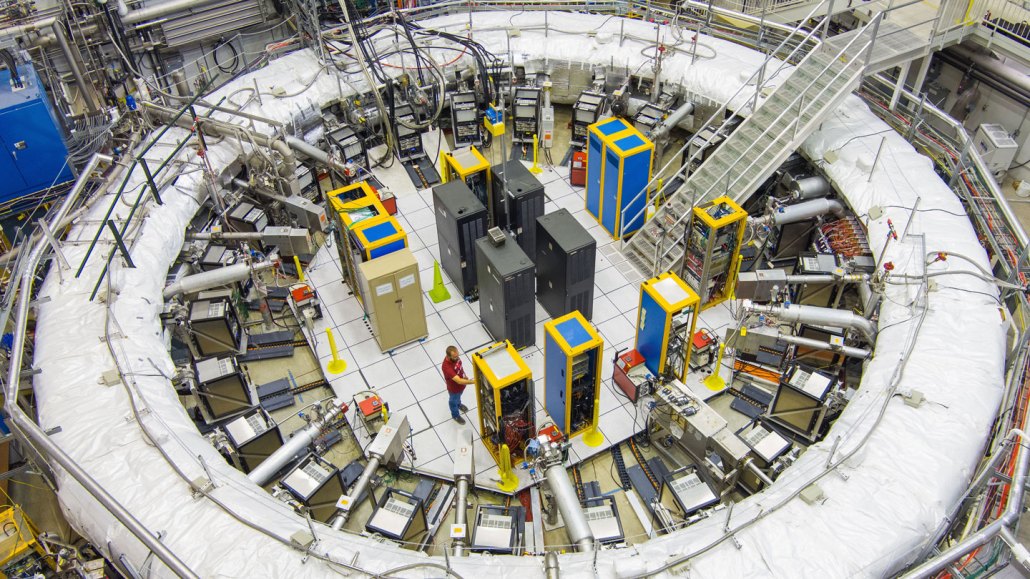atmosphere: The envelope of gases surrounding Earth, another planet or a moon.
cosmic rays: Very high-energy particles, mostly protons, that bombard Earth from all directions. These particles originate outside our solar system. They are equivalent to the nucleus of an atom. They travel through space at high rates of speed (often close to the speed of light).
electric charge: The physical property responsible for electric force; it can be negative or positive.
electricity: A flow of charge, usually from the movement of negatively charged particles, called electrons.
electron: A negatively charged particle, usually found orbiting the outer regions of an atom; also, the carrier of electricity within solids.
fundamental: Something that is basic or serves as the foundation for another thing or idea.
muon: A type of unstable subatomic particle. Most on Earth formed when cosmic rays interact with atoms in the atmosphere. As leptons, muons belong to the same class of particles as the electron. Their mass, however, is roughly 200 times bigger. Muons tend to be short-lived. It tends to survive only 2.2 microseconds before it decaying (transforming) into an electron and two types of neutrinos.
neutron: A subatomic particle carrying no electric charge that is one of the basic pieces of matter. Neutrons belong to the family of particles known as hadrons.
particle: A minute amount of something.
proton: A subatomic particle that is one of the basic building blocks of the atoms that make up matter. Protons belong to the family of particles known as hadrons.
pyramid: A monumental structure with a square or triangular base and sloping sides that meet in a point at the top. The best known are those made from stone as royal tombs in ancient Egypt.
quarks: A family of subatomic particles that each carries a fractional electric charge. Quarks are building blocks of particles called hadrons. Quarks come in types, or “flavors,” known as: up, down, strange, charm, top and bottom.
universe: The entire cosmos: All things that exist throughout space and time. It has been expanding since its formation during an event known as the Big Bang, some 13.8 billion years ago (give or take a few hundred million years).
volcano: A place on Earth’s crust that opens, allowing magma and gases to spew out from underground reservoirs of molten material. The magma rises through a system of pipes or channels, sometimes spending time in chambers where it bubbles with gas and undergoes chemical transformations. This plumbing system can become more complex over time. This can result in a change, over time, to the chemical composition of the lava as well. The surface around a volcano’s opening can grow into a mound or cone shape as successive eruptions send more lava onto the surface, where it cools into hard rock.








